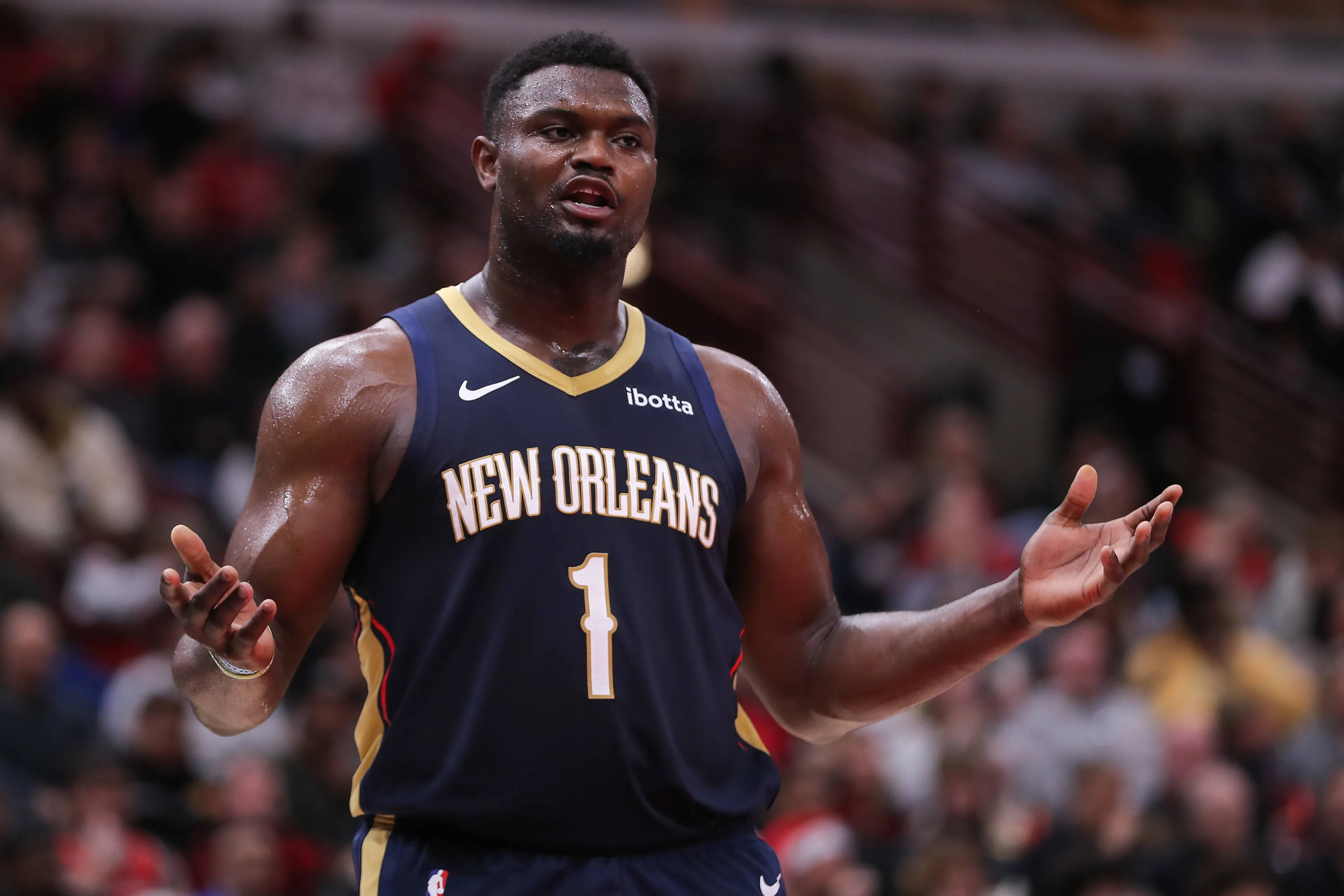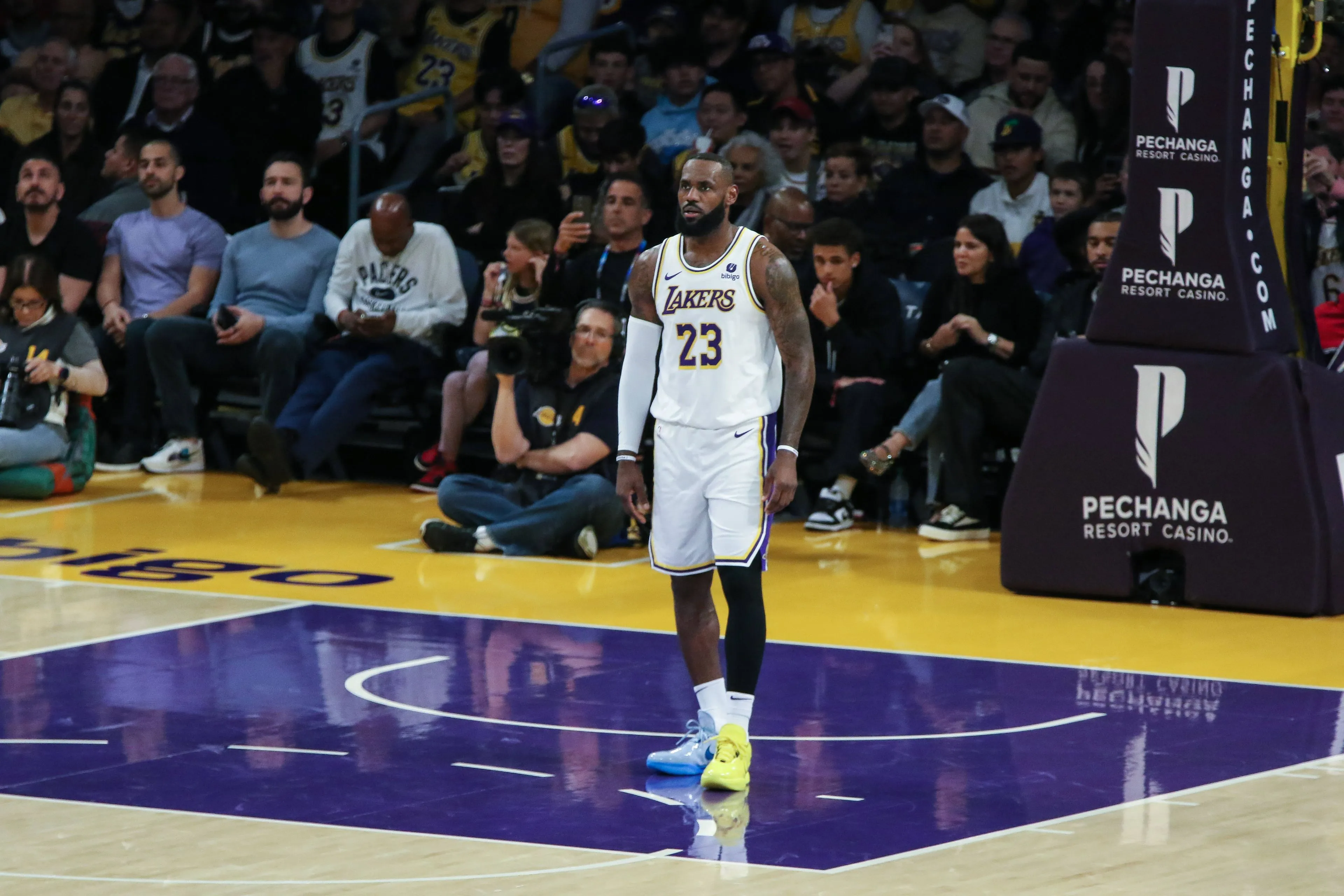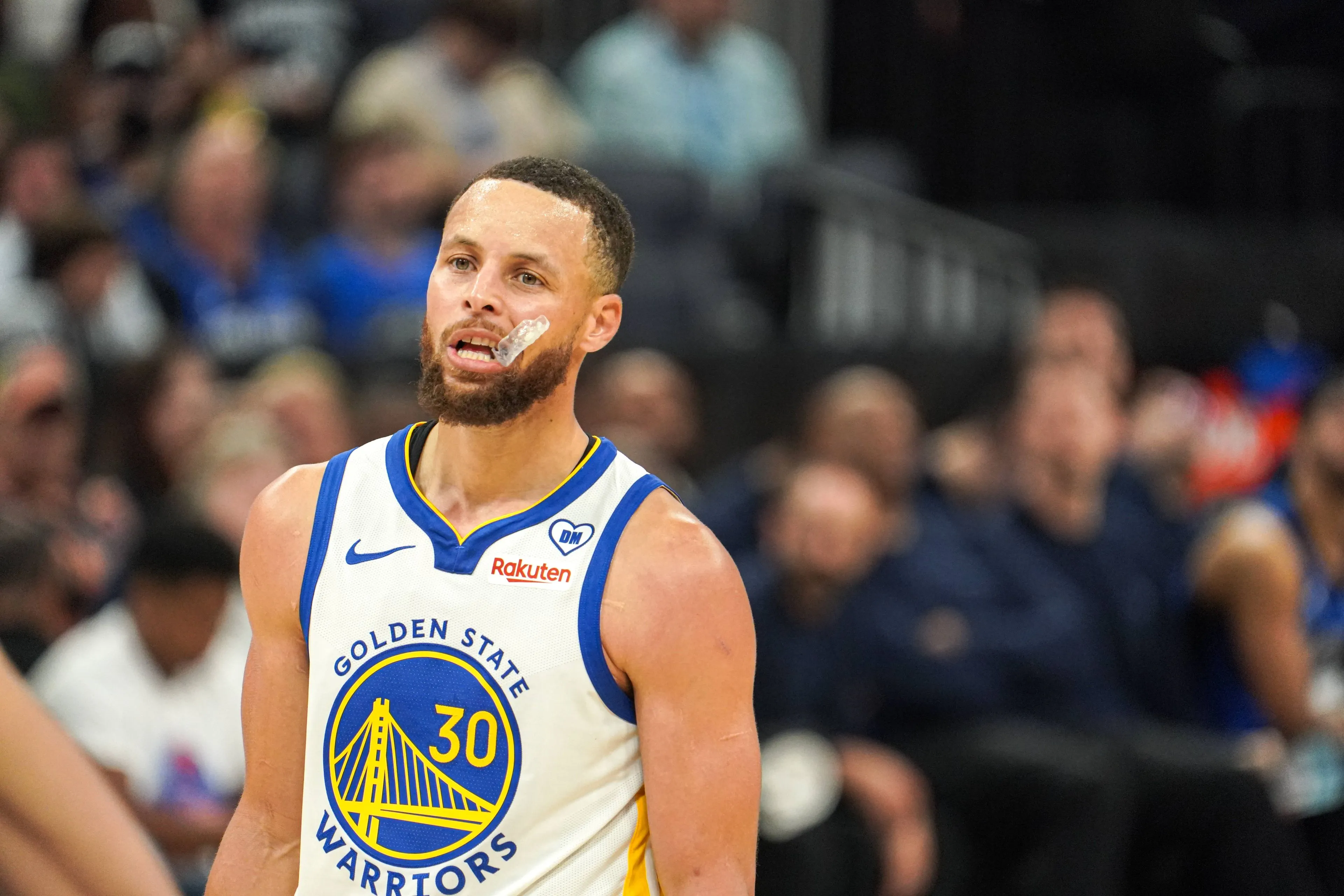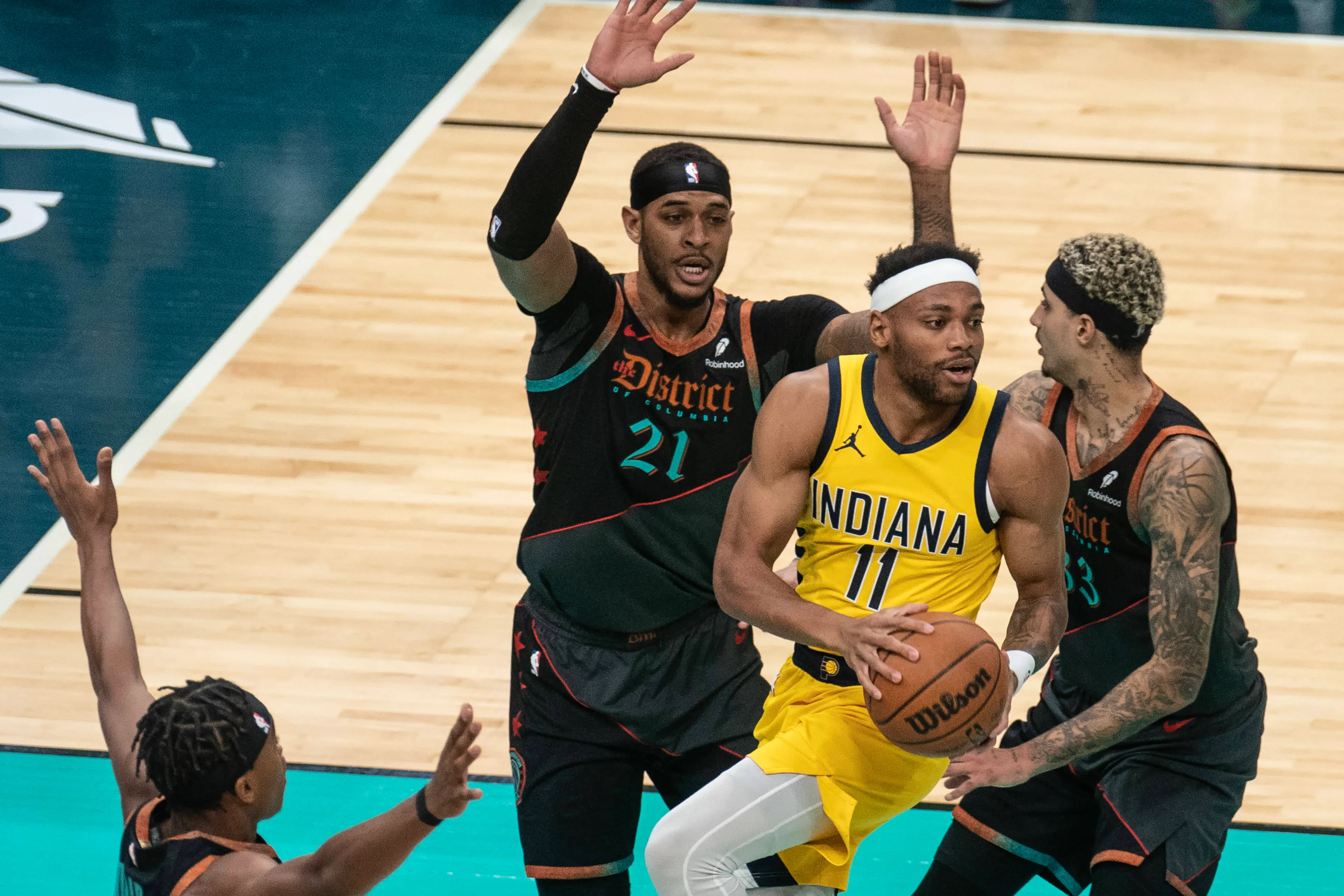Analysis: Charting the path forward for the Golden State Warriors in the 2024 Offseason
NBAWednesday, 17 April 2024 at 09:53
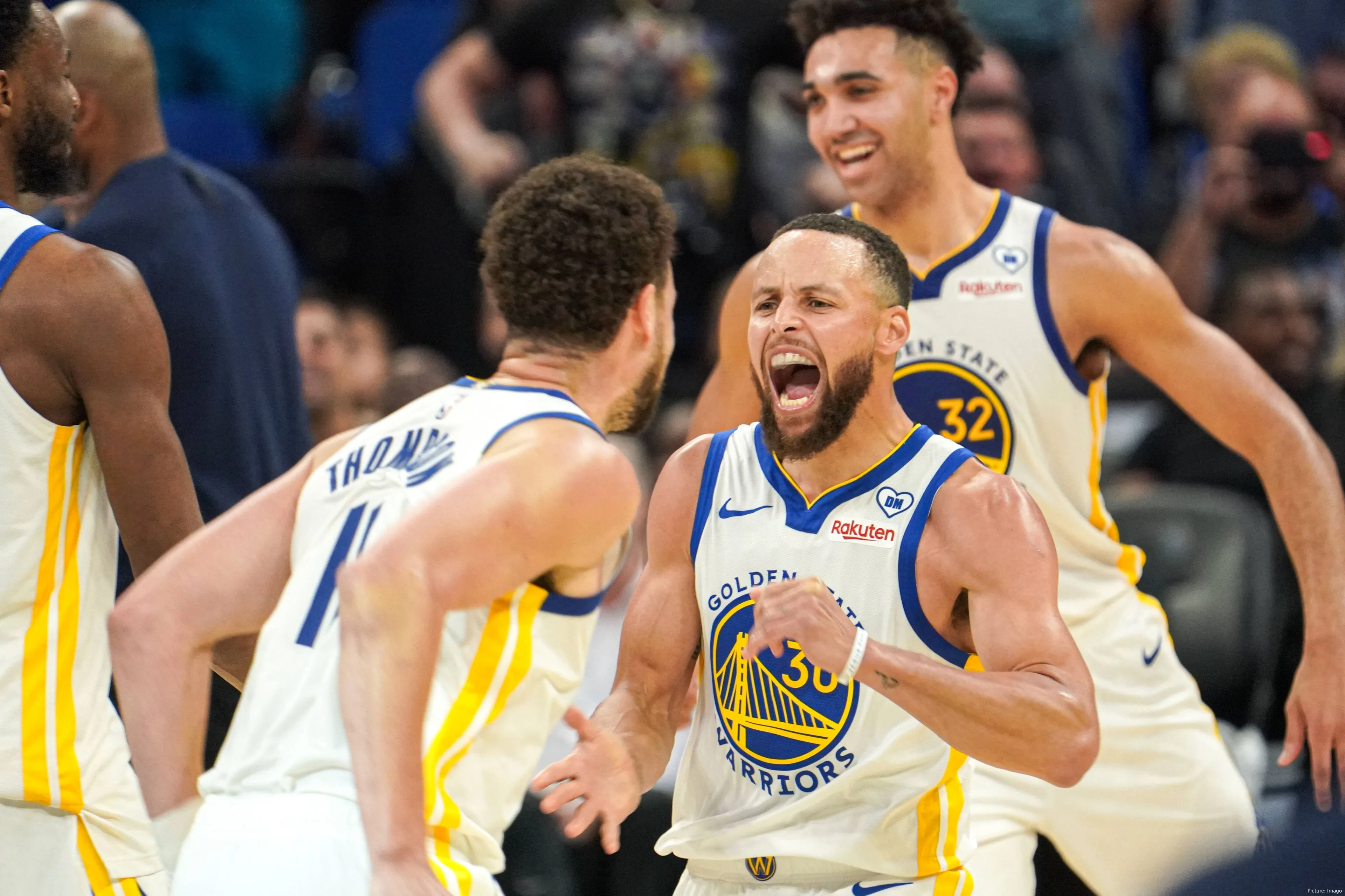
The Golden State Warriors find themselves at a pivotal juncture following a season that fell short of expectations. Despite the presence of star Stephen Curry and the leadership of coach Steve Kerr, the Warriors faced early elimination in the play-in tournament, signaling a need for reevaluation and strategic planning as they approach the offseason.
Financial Considerations and Roster Dynamics
One of the primary challenges facing the Warriors is the necessity to navigate their roster while adhering to financial constraints. Owner Joe Lacob has emphasized the desire to avoid the luxury tax, signaling a shift towards fiscal responsibility. With significant expenditures in previous seasons and looming contracts, including that of Klay Thompson, the Warriors must carefully balance their budget while aiming for roster improvements.
Read also
Thompson's impending free agency presents a critical decision point. While the veteran guard has been instrumental to the Warriors' success, his age and recent performance raise questions about the viability of a lucrative extension. The options range from negotiating a short-term contract at reduced cost to exploring sign-and-trade possibilities, should Thompson opt to explore free agency.
Additionally, the status of Chris Paul's non-guaranteed contract looms large in the Warriors' financial planning. Depending on their objectives—whether to save money or enhance the roster—decisions regarding Paul's contract will have significant implications for the team's salary cap situation.
Read also
Strategic Priorities and Player Development
On the court, the Warriors face the imperative of bolstering their roster to reclaim their status as contenders in the Western Conference. While the "run it back" approach may hold appeal, there are concerns about its efficacy, particularly in light of defensive shortcomings observed during the past season.
Key to the Warriors' future success is the development of young talent such as Jonathan Kuminga and Brandin Podziemski. Investing in their growth could yield dividends, potentially offsetting the need for costly roster additions. However, this strategy hinges on the ability of these players to make significant strides in their performance and contribute meaningfully to the team's success.
Read also
Strategic Investments and Team Needs
In terms of roster composition, the Warriors must address specific needs to fortify their lineup. Areas requiring attention include securing a reliable backup point guard, acquiring a stretch forward to complement Draymond Green, and adding versatile wings capable of thriving in transition play. These strategic investments aim to address deficiencies observed in areas such as points off turnovers and fast-break scoring, areas where the Warriors lagged behind their competitors.
Future Outlook and Draft Assets
Looking ahead, the Warriors possess a combination of draft assets and flexibility to shape their future trajectory. While financial constraints may limit their immediate maneuverability, the presence of draft picks offers avenues for roster enhancement and long-term planning. Leveraging these assets effectively will be crucial in positioning the Warriors for sustained success in the seasons to come.
In conclusion, the Golden State Warriors face a complex set of challenges and opportunities as they navigate the 2024 offseason. Balancing financial considerations with strategic priorities, while nurturing young talent and addressing roster needs, will be key in charting a path forward for the franchise. The decisions made in the coming months will shape the Warriors' trajectory and determine their competitiveness in the ever-evolving landscape of the NBA.
claps 0visitors 0
Loading
